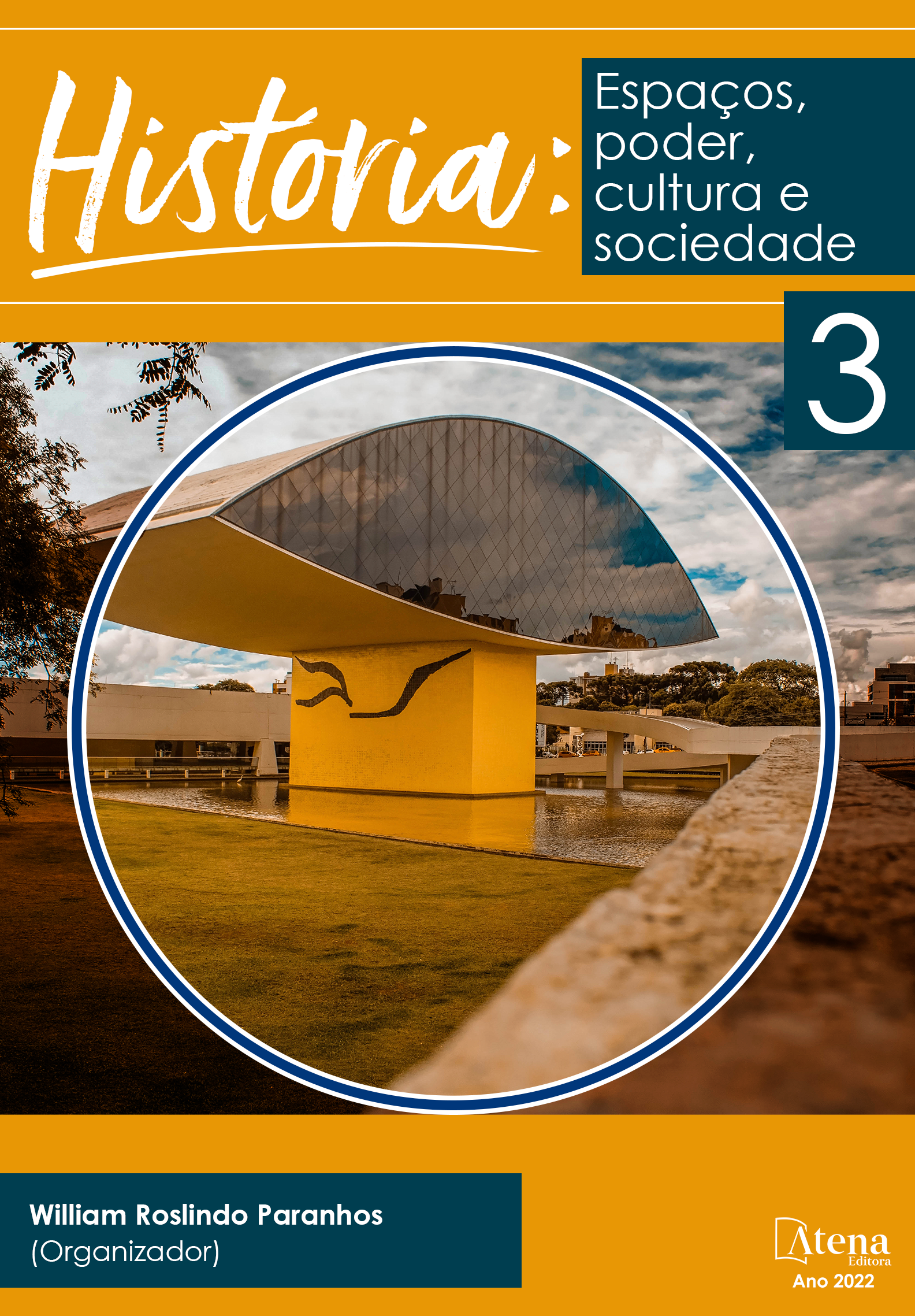
A FIGURA FEMININA NAS PRIMEIRAS RODAS DE SAMBA: UMA PESQUISA SOBRE OS ESTUDOS PRODUZIDOS SOBRE O SAMBA NO SÉCULO XX
Durante o fim do século XIX e início do XX, um novo ritmo musical se formava em território brasileiro: o samba. Nesse sentido, pretende-se analisar, a partir de uma pesquisa bibliográfica, o contexto histórico, com o objetivo de compreender as relações de gênero e os respectivos lugares reservados e ocupados pelas mulheres nas rodas de samba das primeiras décadas do século XX. A pesquisa, de natureza historiográfica, foi baseada na leitura e análise de fontes secundárias produzidas por historiadores, antropólogos e etnomusicólogos sobre a cena musical do período. Os resultados mostram que, além da importância da figura feminina afrodescendente nos campos cultural e religioso, ao criar redes de comunicação ou sediar comemorações em datas festivas, a presença da mulher se expandia ao fazer musical: participavam de composições coletivas, cantavam e tocavam instrumentos – por vezes inovando os saberes rítmicos. Portanto, ao interligar questões sociais, culturais e políticas, foi possível questionar lacunas em algumas ideias cristalizadas na historiografia sobre o tema, as quais poderão ser aprofundadas em pesquisas futuras que contarão com fontes primárias.
A FIGURA FEMININA NAS PRIMEIRAS RODAS DE SAMBA: UMA PESQUISA SOBRE OS ESTUDOS PRODUZIDOS SOBRE O SAMBA NO SÉCULO XX
-
DOI: 10.22533/at.ed.3872225032
-
Palavras-chave: história; samba; cultura; mulher; gênero
-
Keywords: History; samba; culture; woman; gender
-
Abstract:
During the end of the 19th century and the beginning of the 20th century, a new musical rhythm was formed in Brazil: the samba. In this way, we will intent to analyze, from a bibliographical research, the historical context, with the objective of understanding the gender relations and the respective places reserved and occupied by women in the samba circles of the first decades of 20th century. The research has a historiographical nature and was based on the reading and analysis of secondary sources, which was produces by historians, anthropologists and ethnomusicologists, about the musical scene of the period. The results show that, besides the importance of the Afro descendant female figure in the cultural and religious fields, by creating communication networks, or hosting celebrations on festive dates, these women had effective participation in the musical scene: they participated in collective composition, they sang and played instruments – and sometimes innovating rhythmic knowledge. Therefore, by interconnecting social, cultural and political issues, it was possible to question gaps in some ideas crystallized in historiography about the subject, which may be deepened in future research that will rely on primary sources.
-
Número de páginas: 11
- Ana Vitória Campos Pompeu e Silva


